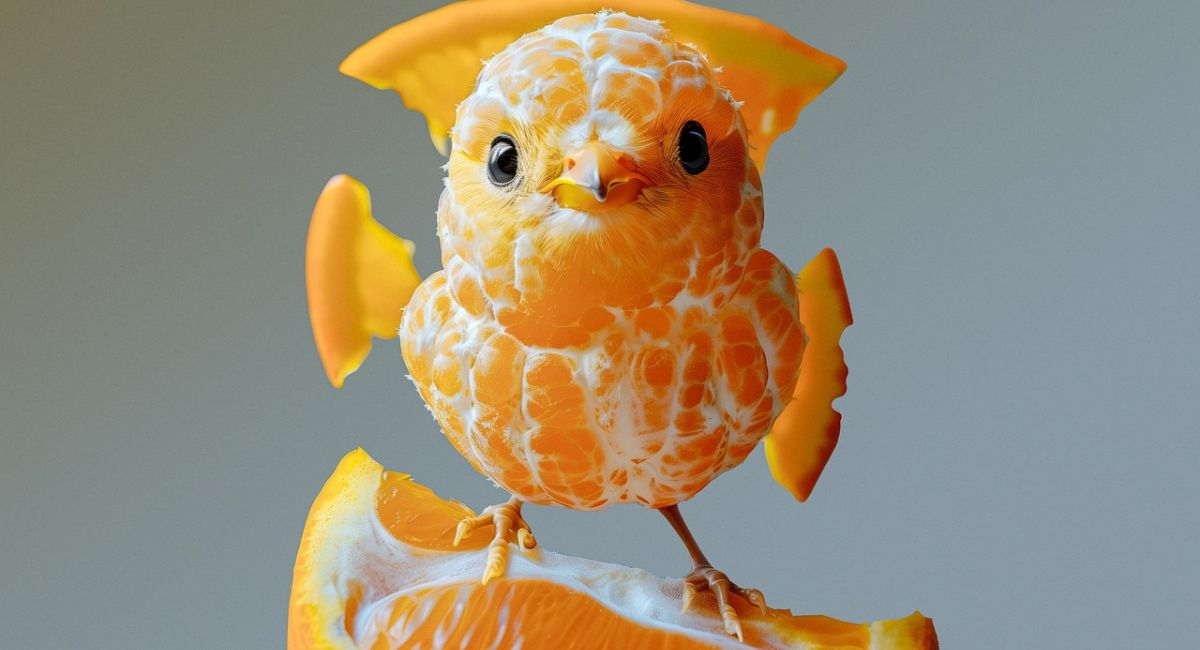Sora AI (2025): The Future of Text-to-Video Creation, OpenAI’s Sora 2 Explained
Imagine describing a scene with words — a cinematic sunrise over misty mountains, neon‐lit streets of Tokyo, or yourself battling dragons in an epic fantasy — and in seconds, watching that vision materialize as a real video. That’s not science fiction anymore. That’s Sora AI, OpenAI’s text-to-video revolution. And it’s rewriting the rules of visual storytelling.
What Is Sora & What Just Got Upgraded
- Sora is OpenAI’s generative model that turns text (and optionally images/videos) into short, realistic video clips. OpenAI+2Gadgets 360+2
- The latest version, Sora 2, adds audio (dialogue, sound effects), markedly better physics (objects move and collide more realistically), and a vertical-video social feed app with a feature called Cameo — so you can insert your own avatar (face/voice) into scenarios. Gadgets 360+2WIRED+2
- Users can remix, blend, or extend existing videos or still images — meaning creativity doesn’t always have to start from scratch. Gadgets 360+2The Economic Times+2
- Resolutions of up to 1080p, durations up to about 10-20 seconds, multiple aspect ratios (square, vertical, widescreen), and inclusion in ChatGPT Plus/Pro plans. India Today+2OpenAI+2
Why It’s Blowing Up
- Creativity for Everyone
You don’t need a film crew. You don’t need to master editing suites. Sora 2 lets writers, artists, everyday users generate videos via prompts or simple uploads. That means much bigger creator participation. - Viral Potential
Features like the Cameo tool generate highly personal, funny, meme-friendly content (the viral Sam Altman “stealing art” video, etc.). These are built for shareability. Business Insider+2The Economic Times+2 - Novelty Meets Utility
The novelty of fake-real, surreal, imaginative scenes is powerful. But the same tech could also be used for marketing, education, visual storytelling, prototype design, social media content at scale. - Timing in Social Media Landscape
Attention spans are short, and platforms are rewarding short-form video. Sora 2’s vertical feed and remix/share format align well with what people already consume and share. OpenAI seems to understand this, pushing into a space where TikTok, Instagram Reels, YouTube Shorts dominate. TIME+1
Risks & Controversies — What Could Go Wrong
You don’t become viral overnight without some pushback. Here are the pitfalls:
- Deepfakes & Misinformation
If you can insert anyone’s face with consent issues, voice, create realistic scenes, there’s a risk that people will misuse it. Business Insider+1 - Copyright & IP Issues
Sora’s opt-out policy for copyrighted content (rights holders have to explicitly opt out rather than opt in) has stirred concern. Reuters - Authenticity vs Noise
There’s a fear that “AI slop” — low-quality, derivative, or confusing content — may flood the feed, making it harder to find content with depth or real human storytelling. AP News+1 - Ethical & Privacy Concerns
Using someone’s likeness (face/voice) even with consent, biometric data, identity verification features — all need careful policies and transparency. Mistakes here could result in legal or reputational damage.
Why Sora Could Be a Turning Point
- It’s not just another AI tool. Sora 2 represents a shift in how we think about video creation: from expensive/technical to democratized/expressive.
- The convergence of text, image, video, and audio generation in one app means creative expression is more seamless. People can imagine and then see their imagination manifested.
- Because it taps into social sharing, the feedback loop is immediate. Crowd creativity can help improve the models and push boundaries.
- It pushes OpenAI further toward AGI-style models — ones that don’t just assist with text, but understand and simulate rich, complex visual and auditory environments. OpenAI+1
How Sora Needs to Evolve to Keep Trending
To stay at the top, Sora will need to:
- Tighten Safety & Privacy — improving watermark systems, identity/authentication, mis/disinformation detection.
- Expand Access — availability in more countries, platforms (Android, web), lower-friction access so more creators can join.
- Increase Video Length & Quality — users will want longer, more cinematic clips; higher resolution; more realism in motion and physics.
- Better Tools for Discovery & Moderation — smart feeds, tools to surface high-quality content, reducing toxic or misleading content.
- Ethical Governance & Transparency — clear policies, community norms, rights for creators whose likeness or style are used.
Conclusion: A New Era of Visual Storytelling
In Sora 2, OpenAI didn’t just release another generative model. They launched a cultural accelerant. One that could redefine how we tell stories, how people share moments, how creators make impact — possibly even blur lines between what’s real and what’s imagined.
If used responsibly, Sora could spark the next wave of digital art, immersive education, personal expression, and viral creativity. If mishandled, it risks becoming another tool that fuels misinformation, erodes authenticity, or encourages shallow content.
But right now, the potential is electric. And that’s why Sora AI is trending — why people are excited, uneasy, hopeful, and creative in equal measure.



